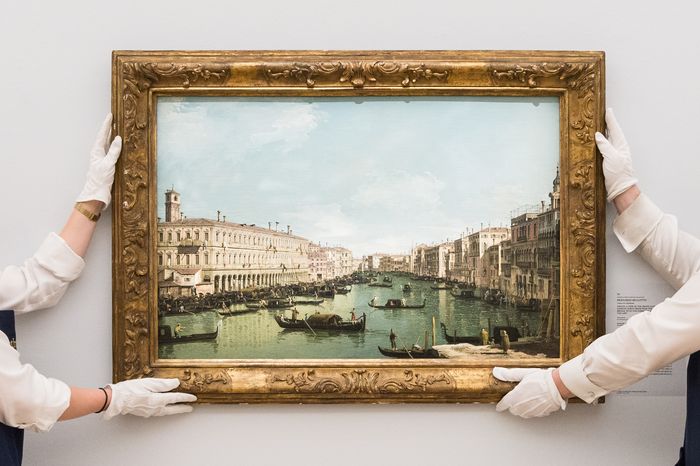Art tops the Knight Frank Luxury Investment Index with 12-month growth of 30% as measured by AMR’s All Art index but auction results so far this year suggest growth has peaked.
“The auction season’s spring sales are the first measure of market confidence and recent results suggest growth is already starting to slow,” said AMR’s Sebastien Duthy.
Watches (10%) and jewellery (10%) complete the top three rankings of the KFLII, highlighting that people are still willing to spend on personal luxury items. Coins come in fourth place with price rises of 8%, followed by the KFLII average at 7%. However, it is the slowdown in the wine (5%) and classic car (5%) markets, both in sixth and seventh place respectively, where double-digit rises that have often underpinned the index’s performance, that have tempered growth. Despite the car market being up 5% on an annual basis, it has fallen 7% so far this year.
“The performance of classic cars has been mixed,” said Dietrich Hatlapa of data provider HAGI. “After a strong performance in 2022 when the value of the most investable classic cars rose by 25%, this year has seen the market slip into reverse gear due to macro-economic factors.”
Andrew Shirley, editor of the Knight Frank Luxury Investment Index said: “Economic uncertainty and higher interest rates will cast a long shadow on luxury collectibles. Novice collectors should focus on what brings them joy, perhaps that’s more important now that value appreciation is far from guaranteed in these asset classes.”
Coloured diamonds come in eighth place in the index, up 4% in the year to the end of Q2 2023 as coloured diamonds enjoy a rise in interest. Handbags (1%), Furniture (0%) and Rare whisky (-4%) complete the rankings. Rare bottles of whisky, the strongest 10-year performer in the Knight Frank Luxury Investment Index, are the only asset class to see a negative annual performance, according to the index complied by Rare Whisky 101.
“Bottles of rare whisky have had a far more sedate time from a performance perspective over the past three years,” confirms Andy Simpson of industry consultant Simpson Reserved. “Higher value (over £5,000) bottles have re-traced recently due to a myriad of geo-political, social and economic reasons. Certain brands have still performed well, while the market leader (from a sheer volume of market perspective), Macallan, has seen particularly punishing losses with its index re-tracing almost 12% over the past twelve months.”
The Knight Frank Luxury Investment Index provides further in-depth analysis including: changing social attitudes that are influencing luxury investment markets.
Female artists have seen some of the strongest price growth in the art market over recent years. The demand for electric supercar conversions is also on the rise as a younger generation of wealthy car fanatics eschew petrol power. There is an inextricable synergy between residential real estate and lux investments. High-net-worth-individual collections can shape their homes, but equally their homes can shape their collections. Developers are also increasingly factoring the collecting habits of potential buyers into their collections.
The value of Covid-era high-profile NFTs has slumped, but digital art works considered to have the right provenance are still selling for large amounts.
According to the Knight Frank Attitudes Survey, 4% of Indian UHNWIs wealth is expected to be pursued in assets which are passion driven rather than monetary gains. Art, watches, and luxury handbags remain the most sought-after investment of passion in 2023 with 53% of UHNWIs likely to make a purchase in them. Classic cars, wine and furniture are the second most sought passion led investments for 2023.







